How & What to Feed Turtles & Tortoises
A General Overview on Food, Diet & Schedules
Add variety into their diet. it will keep them from getting bored and it will ensure they are getting all the vitamins and minerals they need. If a turtle has lost interest in eating, it might be remedied by switching up its food. Here is a list of acceptable items to feed your turtles. Note: make sure you know what breed you have since not all are omnivores; some are strictly vegetarians (herbivores) while other prefer to mainly eat protein (carnivores).
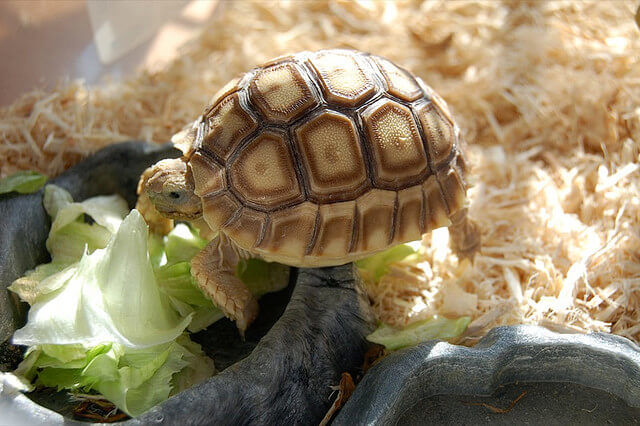
Commercial Brands
If you decide to only feed your turtles one thing, which you shouldn’t but if you do, consider getting them a commercial brand turtle or tortoise food. These consist of a mixture of ingredients compressed into a pellet or block and are sold at most pet stores. Manufactures created these types of food with complete nutrition in mind. A few brands include:
For Water Species
For Water Species
For Box Turtles
For Tortoises
Greens
Flora (plants)
- alfalfa
- timothy hay
- grass from the yard
- wild flowers
- roses
- carnations
- hibiscus
- dandelions
- apples
- bananas
- blueberries
- grapes
- mango
- melons
- raspberries
- strawberries
- carrots
- zucchini
- peas
- romaine
- parsley
- squash
- green beans
- lima beans
- broccoli
- cauliflower

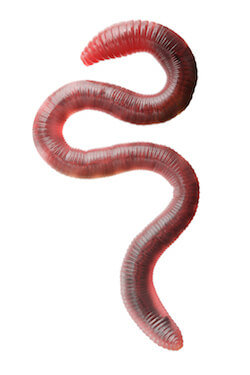
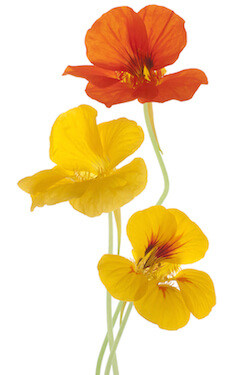

Proteins
Fauna (animals)
- boiled chicken
- mince beef heart
- cooked turkey
- ground sirloin
- cat food
- dog food
- live guppies
- live feeder goldfish
- crayfish
- freshwater shrimp
- crickets
- grasshoppers
- june bugs
- spiders
- flies
- pill bugs
- insect larvae
- earth worms
- night crawlers
- silk worms
- slugs
- mealworms
- white grubs
- snails with shells
Others
- calcium powder
- cuttlebone
- calcium blocks
- roots
- mosses
- seeds
- fungi
Feeding Schedule
You don’t have to feed your turtles or tortoises every day, 3-4 times a weeks is sufficient enough to keep the well fed. If your turtles are hatchlings, you should feed them every day until they put on some weight.
Here is the breakdown based on age and size:
- Hatchlings to 1 year old: Every 1-2 days
- 2-3 years old: Every 2-3 days
- More than 3 years old: 3-4 days
- Underweight: Every 1-2 days
- Recovering form illness: Every 2-3 days
- An overweight turtle: Every 4 days

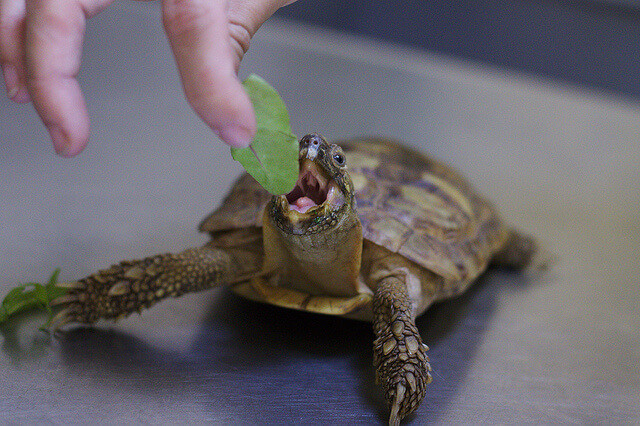
Learn More About Your Turtle
Don’t Overfeed
Don’t overfeed your turtle. If you provide them with more food than they need, they will continue to eat until it’s all gone. Use a loose rule of only feeding them as much as they can eat in ten to 15 minutes for aquatic turtles and about the same for land species. If your turtles are more timid and slower eaters, allow more time for feeding. Another method is to feed them portions that are no bigger than the turtles head and neck. An overfed turtle can get fat and not be able to pull in its head or legs.
Separate During Meal Time
If you have multiple turtles, feed them separately. This not only allows you to monitor how much food each one is getting but it also makes it so each will get it’s fair share. Some aggressive or larger turtles will dominate over the smaller more timid ones. Additionally, if there is a feeding frenzy, a more aggressive turtle can bite another turtle in all the commotion. Some turtles have been known to have their limbs bitten off. This is a situation that can be traumatizing for both turtle and owner.
Create a Feeding Tank
Turtles can be messy eaters and if you are concerned about making your tank dirty every time you feed your turtles, consider setting up a separate tank just for feeding. This is especially a good idea for those of you that own aquatic turtles. These types of turtle eat their food in the water and this can be very messy depending on what you are feeding them.
Feeding Box Turtle & Tortoise Species
Many Box turtles and tortoises eat much or the same types of things. However, not all of them eat protein and not all of them eat high fiber greens. While we provide a complete list of turtle foods including both greens and proteins, it doesn’t mean you should feed them all of these. Even if your turtle is purely a vegetarian, not every form of greens on the list is something you should feed them. For example, a Leopard tortoise should be fed grasses and hays that contain a high level of silica yet the Hingeback, Redfoot and Mediterranean breeds are not equipped to digest these types of grasses even though they too eat greens. To help remove confusion, in this section we will cover what each type of turtle and tortoise should be fed.
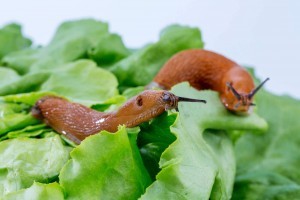
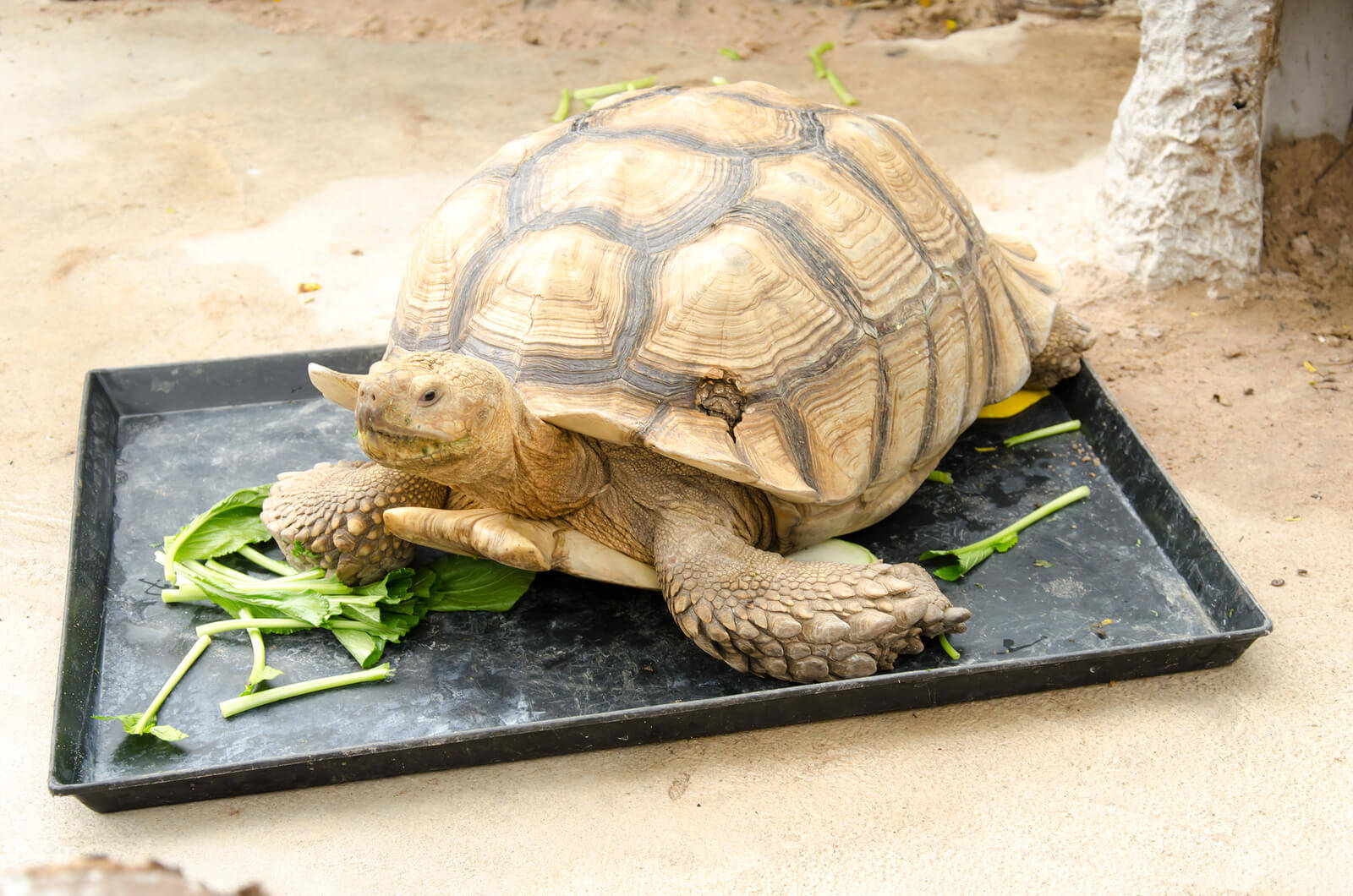
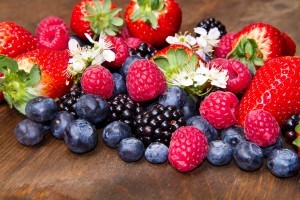
Quick Tips on Feeding Turtles
- Avoid feeding large amounts cabbage (broccoli, cauliflower, bok choy, chard etc.) to your turtles because they contain goitrogen that interfere with the uptake of iodine.
- Avoid feeding large amounts of spinach to them since it contain oxalic acids that doesn’t allow calcium to be absorbed. In small quantities however, these can provide a good source of fiber, beta carotene, vitamin b, c, e and k, and potassium.
- Turtles only have so much they can/should eat in a sitting so it’s important to make sure you feed them the best parts of a given food. The rind of a fruit contain more vitamins and minerals then the rest of it does.
- Slightly cook and grate any vegetables that are of a hard consistency. This will help your turtles eat and digest these vegetables more easily.
- Gut load the insects you intend to feed your turtles. Do this by feeding the insects foods that contain calcium and other vitamins and minerals. Sweet potatoes, high quality fish flakes or cat food are good options. It works best if you begin to to feed the insects these foods two days prior to giving them to your turtles.
- If your turtles become fixated on a certain food, don’t fall prey to their insistence on it. It’s unhealthy for them to only eat one type of food. Instead try mixing their favorite food with other foods to help ween them off of it. They might pick through it and only eat what they want or not eat it all but stick to it until they begin eating other foods.
- A loss of appetite can be caused by several factors including cold temperatures or an illness but an easy fix might be just to vary their diet more to avoid boredom.
- In the wild, rain stimulates a turtle’s appetites, so if your turtle doesn’t appear interested in eating, mist it with a spray bottle trigger this behavior.
- You don’t have to feed your turtles or tortoises everyday. See how often to feed a turtle.
Notes about Commercial Brand Foods
There are several prepackaged turtle foods available on the market but there are a few things you need to be aware of before you purchase one:
- The first ingredients should be protein
- Avoid brands that are mainly grain based
- Hydrate the chow slightly by adding in bits of fruits, greens or veggies
- The only supplement you will need is calcium
- Can lead to boredom or loss of appetite if other foods are not mixed into their diet
What Do Box Turtles Eat
Most box turtles are omnivores but a few are vegetarians while one we will discuss is strictly a carnivores.
American Box Turtles
American Box turtles are opportunistic eaters and will eat a wide range of vegetation and animal matter. They will consume animal matter such as eat bugs, slugs, worms, grubs, insects, spiders and greens such as fruits, vegetables, fungus, weeds, flowers and more. A god balanced diet consists of 50% protein and 50% greens.
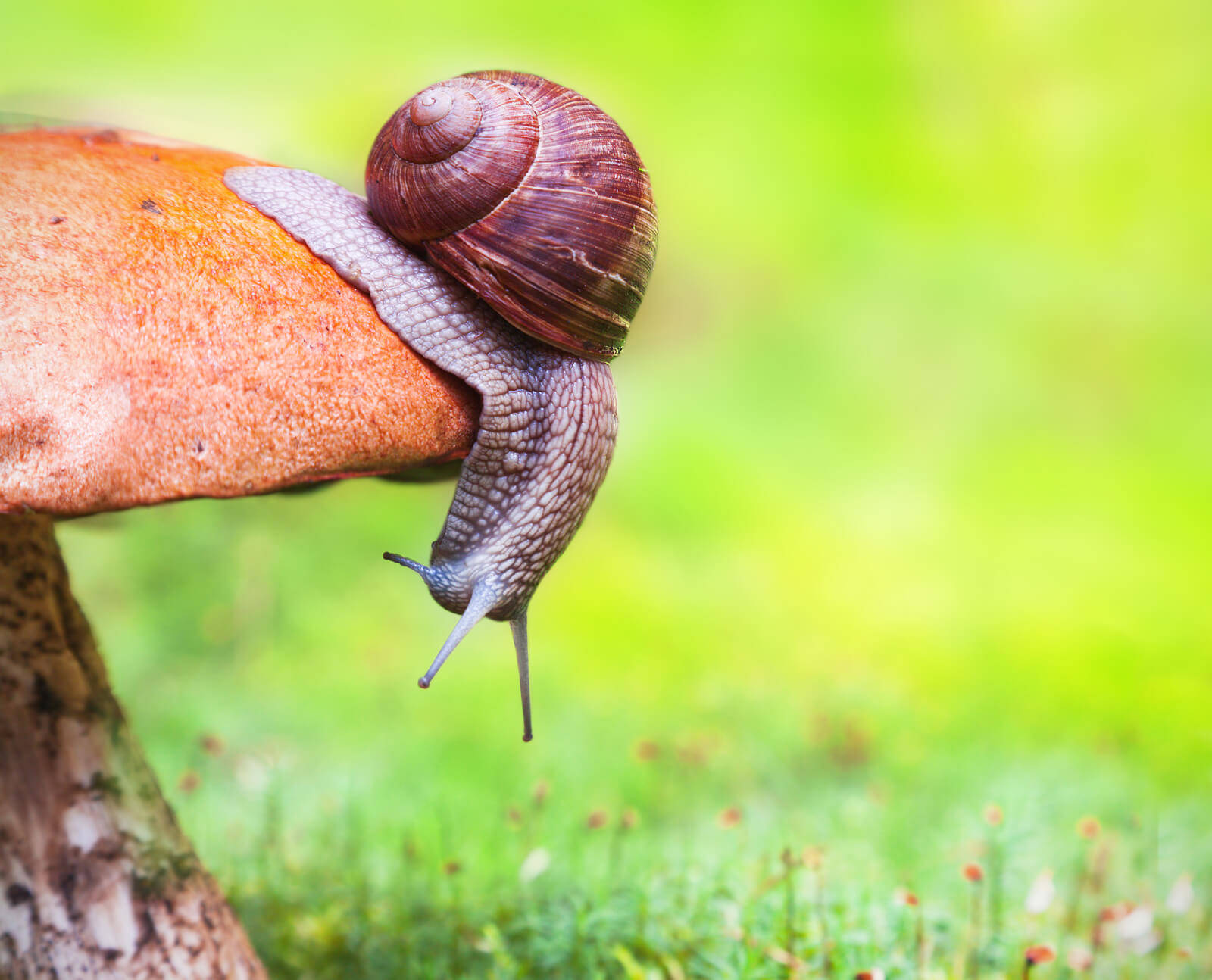
Meal Plan
- 2/10ths of the meal should be vegetables: If needed, slightly steam (but not cook) some vegetables and chop them up into small manageable pieces
- 3/10th should consist of equal volumes of fruit, fungi (like mushrooms) and leafy greens
- 5/10th of the meal should be protein (Note: if the turtles are younger than 1yr old, 75% of their meals should be protein)
- Mix them all together and feed an adult 2-3 tablespoons (30-45ml) and juveniles 1 tablespoons (15ml)
- Add a few whole berries for visual appeal. (stimulate the appetite)
- Sprinkle calcium powder and vitamin supplements on their meals once a week.
Yellow Margined and Keeled
The Yellow Margined and Keeled Box turtles are mainly herbivores and rarely eat meat. You can however feed them snails, insects, worms or fish every third or fourth feeding. Feeding these turtles too much protein can cause them health problems so err on the side of caution and don’t overfeed them protein (90% greens and 10% protein). Feed them the same sized portions as other box turtles.
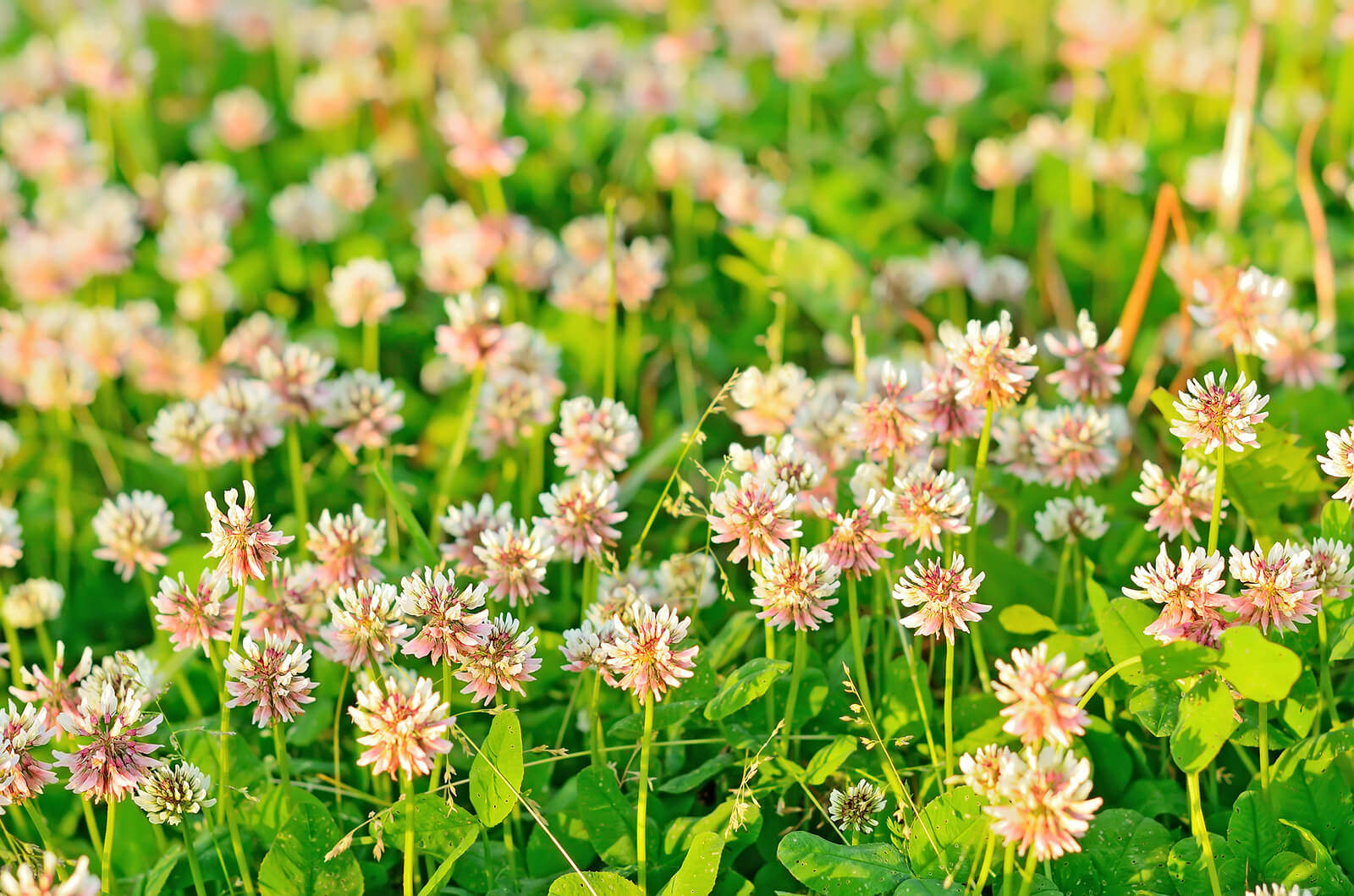
Chinese Three Stripe
The Chinese Three Stripe is a semi aquatic box turtle that is highly carnivorous. It rarely eats greens but would benefit from very small bits of green. The reason you should feed them greens at all is that in captivity they tend not to get all the nutrients they need from their protein based foods. Since this breed is semi aquatic, you can feed it aquatic plants like anacharis, hornwort or frogbit and protein in the form of snails, fish or crayfish (90% protein and 10% greens).
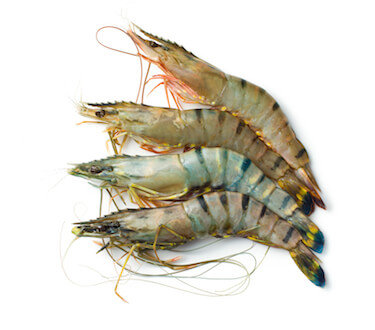
Feeding Tortoise Species
Similar to the various Box turtle breeds, the different types of tortoises don’t all have the same diets either. With the exception of strictly being a carnivore, there are tortoise breeds that are mainly vegetarian while others that are omnivores. It’s important to provide the correct diet for each individual tortoise breed. The biggest health risk to a captive tortoise is a mismanaged diet plan; especially when it comes to a small juvenile one. One sign that a tortoise is not being fed properly is, the formation of pyramids on its scutes.
Note: While you might think a tortoise doesn’t need to drink a lot of water, it’s important to always provide your pet with a clean source of water. You should also allow them to soak in their water as they will greatly enjoy the dip while they drink up and also relieve themselves.

Mediterranean and Russian
This diet of the Mediterranean tortoise is the same as that of the Hermann’s, and Greek tortoise too. These breeds are herbaceous and only eat greens, succulents and flowers. The greens you feed them need to be very high in fiber so don’t completely rely on store bought produce since they lack the sufficient fiber. Fruits are okay but use them sparingly since too much can give them diarrhea. The best way for tortoises to feed is to allow them to forage and graze naturally but if that isn’t possible, here is a list of some items that they would enjoy:
- Dandelions
- Non Toxic Weeds
- White Clover
- Rose Leaves and Petals
- Sow Thistle
- Produce Romaine and Red Lettuce.
They should only get a tiny percentage of protein in their diet if any at all. Too much protein and their shell can become deformed, their liver can fail and their kidneys can fail because of impacted bladder stones. This means you should not only not feed them meat but also cat/dog food, beans or peas.
Their diet should also be calcium rich so providing them with a piece of cuttlebone is a good idea.
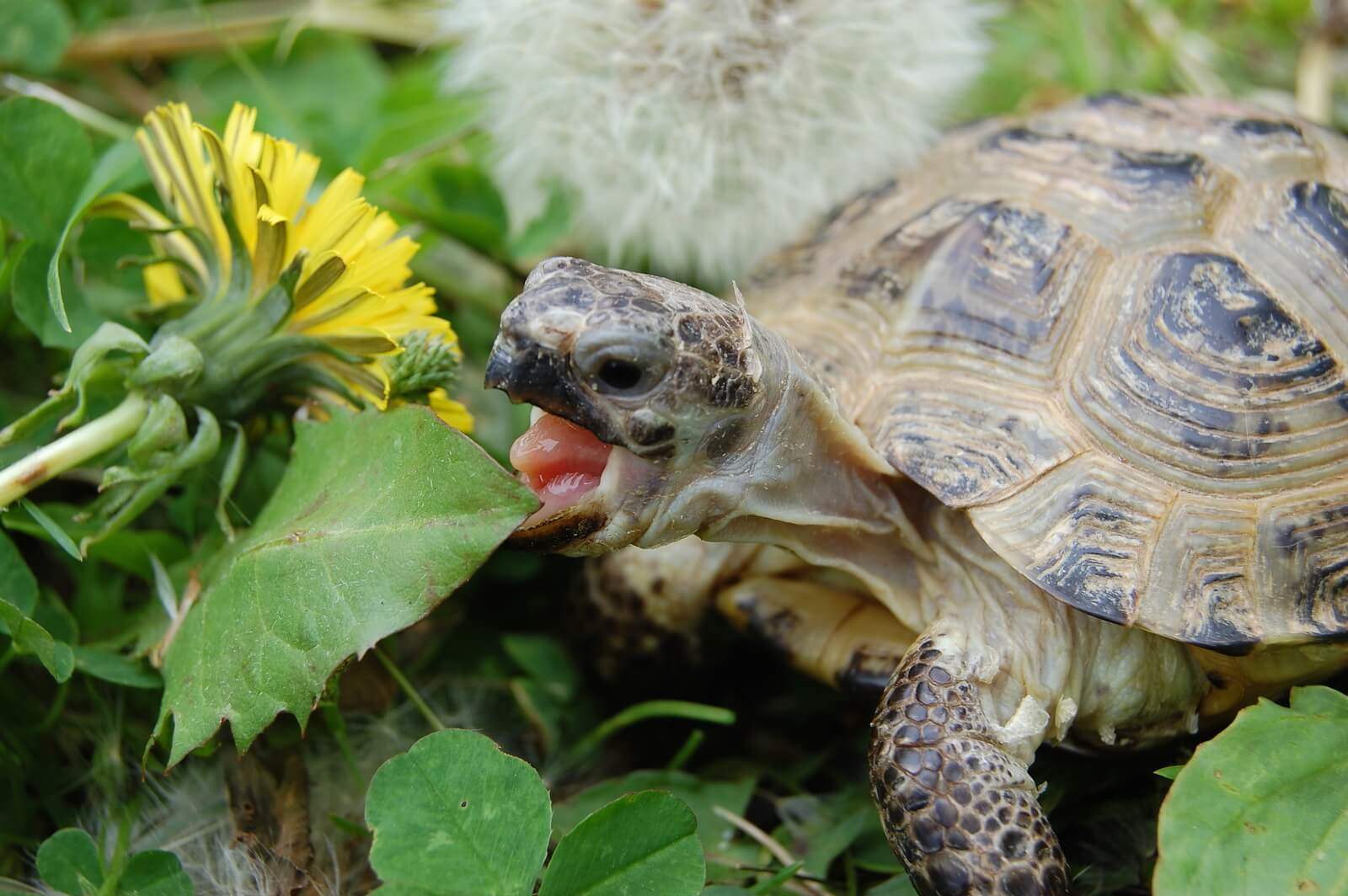
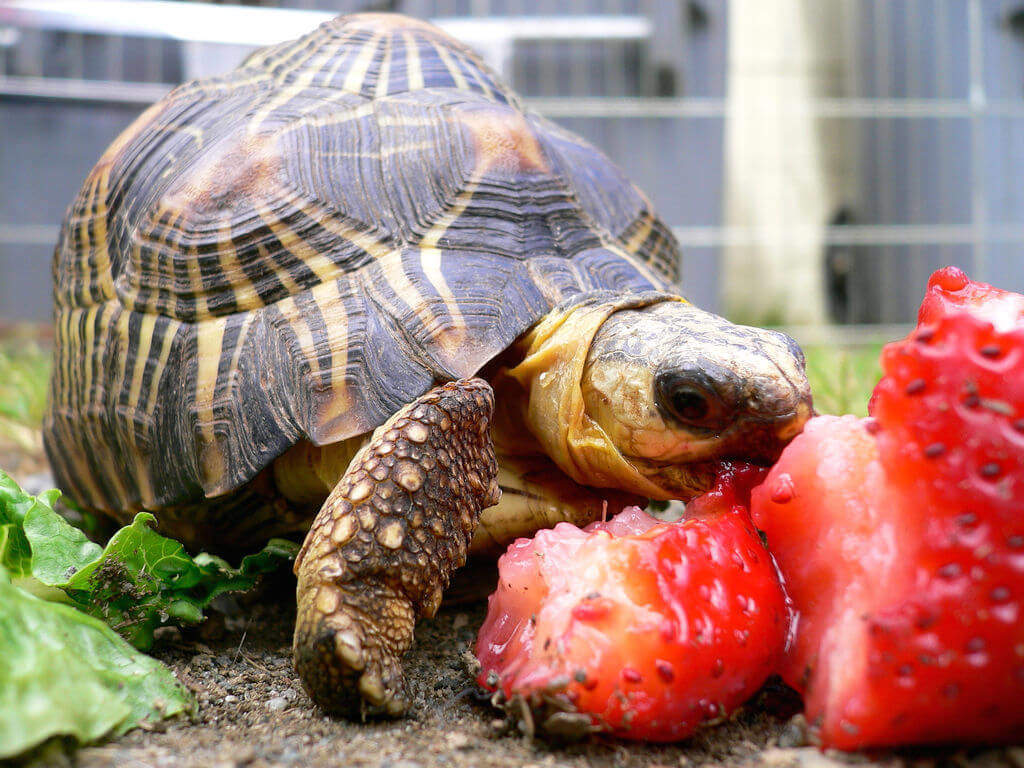
Leopard, Sulcata and Indian Star
The diet of these breeds should include 75% of grasses and hays. Hays such as: meadow and orchard hay are ideal. Avoid grasses with prickly seed heads that can scratch a tortoise’s eyes. You can limit these by only feeding them the second or third cutting since the first cutting usually contains the seeds. Note: hay that contains a high level of silica should only be feed to these species and not other since they lack the ability to digest them properly.
The other 25% of their meal should include mixes of flowers, cactus pads, clovers and weeds.
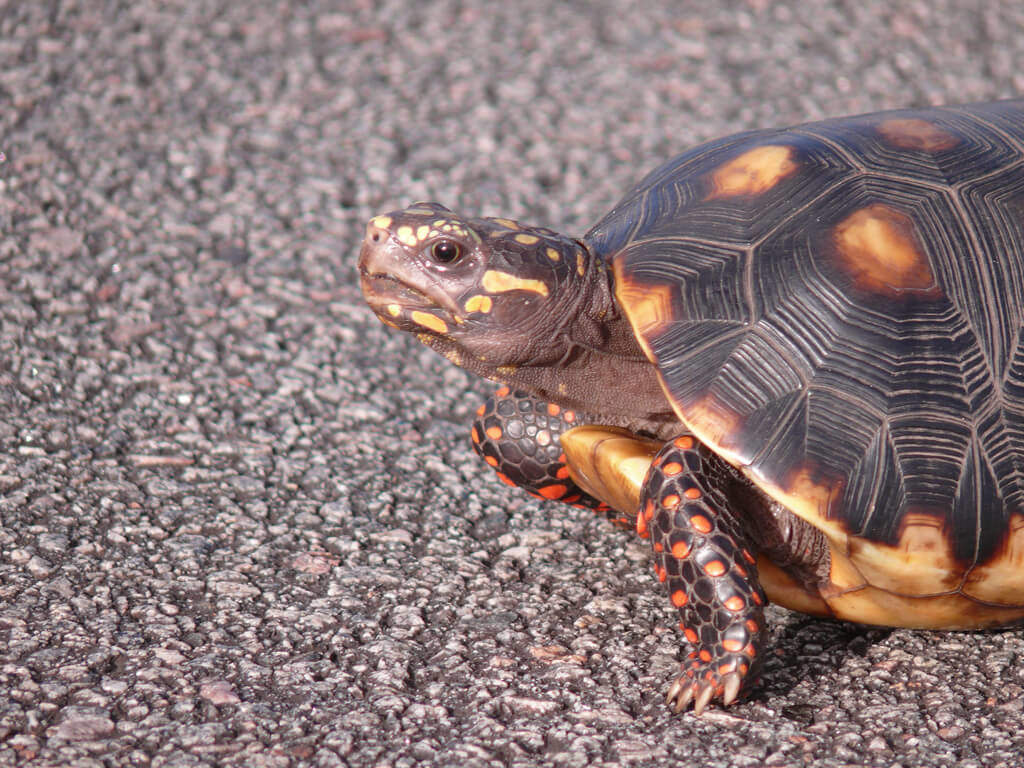
Hingeback and Yellowfoot and Redfoot
Hingeback and Yellow/Redfoot tortoises are omnivores and will need to be fed protein. For an adult Yellow or Redfoot, they should be fed 1 oz of protein per week and for younger ones, they should be fed proportionately less. A Hingebacks will appreciate .2 to .4 ounces of protein a week. Snails, slugs and millepedes are ideal sources of protein but cat food can also be substituted.
The majority of their meals however, should include leafy green vegetation, edible flowers, fruits and mushrooms. They can handle fruits better than most turtles and tortoise and they eat them naturally in the wild. They will love overripe: bananas, mangoes, papayas and strawberries.
Aquatic Turtle Food
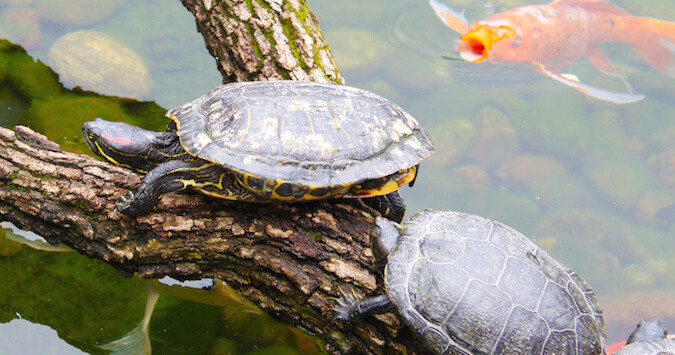
Omnivore, Herbivore or Carnivore
- Musk = Mainly carnivorous but would benefit from being fed some aquatic plants
- Mud = Mostly meat eaters but also eat small amounts of aquatic plants.
- Red Eared Slider = Juveniles, mainly carnivores; adults, more herbivorous
- Reeves = Omnivores similar to that of the red eared slider
- Painted = Young mainly eat protein; adults, a balanced diet of proteins/greens
- Cooter = Almost all herbivore but on occasion eats protein, especially juveniles
- Red Bellied = Are omnivores and eat about 30% protein and 70% greens
- Map = Mainly a carnivore but also eats a small amount of greens
- Snapper = These are highly carnivorous from hatchlings to adults
- Soft Shell = This type of turtle is a big time carnivore its entire life
Diet for Aquatic Turtles
Offer your turtles a combination of the following items. If your turtles are omnivores or carnivores, you can give them the following: insects, worms, live minnows or feeder goldfish, fresh water shrimp and crayfish. Note: be careful when buying live fish since they can carry parasites. If you do want to feed them live fish, setup a small fish tank and quarantine them for a few weeks to make sure they are not infected with anything before putting them into your turtle aquarium tank.
If they are omnivores or strictly vegetarians, feed them live aquatic plants like duckweed, anacharis, water hyacinth, water lettuce, frog-bit or leafy greens like romaine or parsley. Avoid fruits since they can cause diarrhea. A good way to go is to get a commercial blend of feed or trout chow that has been specially formulated for your pond turtles. See a complete list of turtle food for your pet and remember to try to only feed your water turtles what they might eat in the wild.
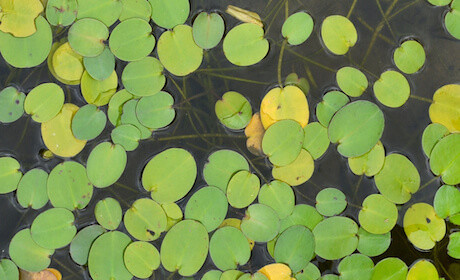
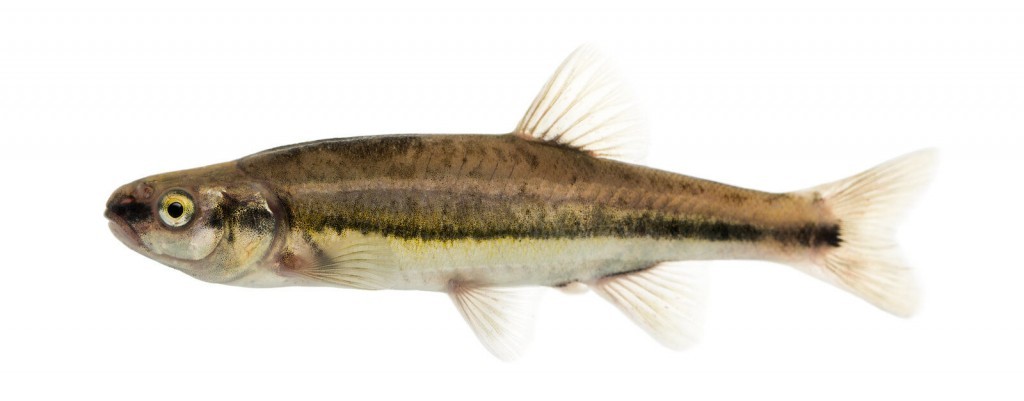
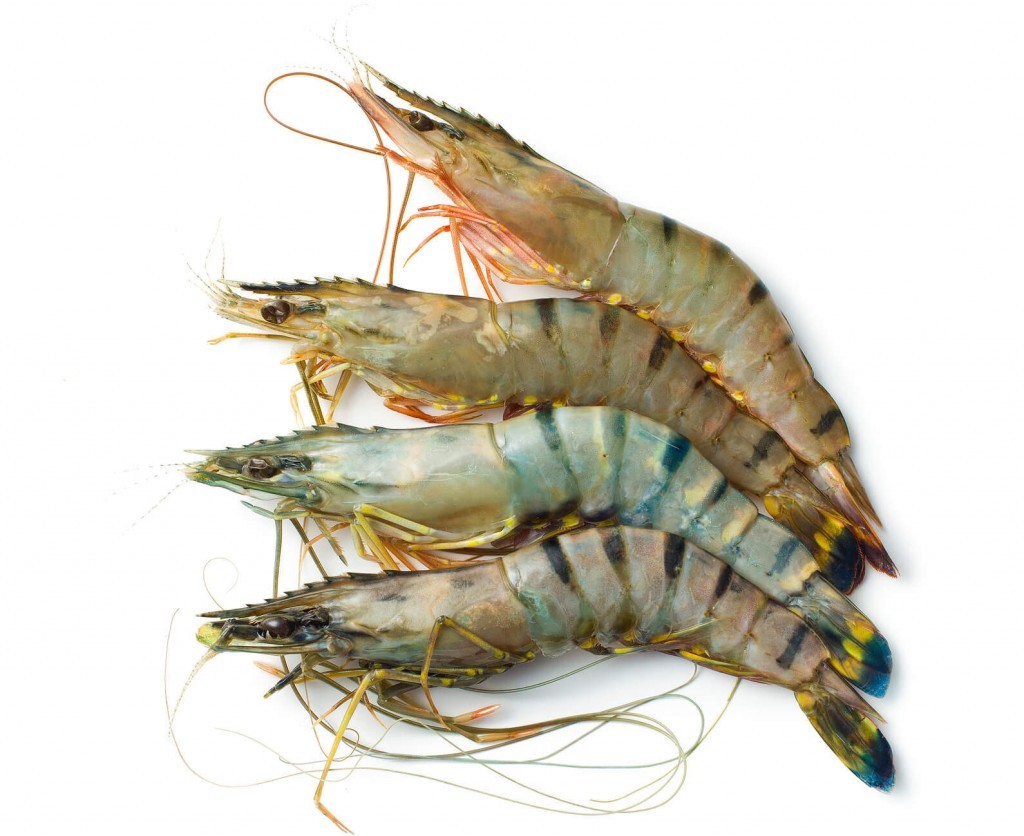
Hatchling Turtle Food
Many hatchling turtles are often only the size of a nickel when they come out of their shells and that means they won’t be able to eat the same types of food a fully grown turtle will eat. You can purchase baby turtle food at pet stores that come in pellets, flakes or sticks. There’s also fish food available for betta fish like blood worms, brine shrimp or krill that a small enough for a hatchling to eat. As your hatchlings grow, you can slowly start feeding them larger and larger food items.
- Related Content: Raising Baby Turtles
How to Feed Aquatic Turtles
Note: feed your aquatic turtles separately to avoid fights and injury. Some turtles have lost limbs during what is called a feeding frenzy. Do your best to not let that happen by following this rule.
Feeding Tank
If it’s feeding time for your turtles, consider setting up a temporary tank just for that. Aquatic turtles eat their meals in the water and if you decide to feed them in their main tank, it will make the water dirty fast. Even with filters and a large tank, the uneaten food will sink to the bottom and begin to rot. Rotting organic matter leads to an abundance of nitrates which can fuel algae growth. An accumulation of rotting vegetation will also lower the pH of the tank which can lead to health problems of any fish or plants living in the tank. If you don’t setup a feeding tank, make sure you remove any uneaten foods that doesn’t get eaten after 15 min.
How Much
15 min is a basic rule of thumb for how much food to give a turtle based on how much they can consume in that given time period. Another guideline is to give them a portion size of no bigger than the size of their head and neck. These rules should help keep you from overfeeding them. In this time period, your turtles should have enough time to consume a mix of items. If you notice that they only eat one type of food, try changing up the ingredients next time. This will help make sure they get enough of all the vitamins and minerals they need for a balanced diet.
Feed Juveniles every day and adults every other day or every third day.
Include Supplements
Not only is overfeeding unhealthy, so is underfeeding. Well underfeeding in the sense that your turtles are not receiving all the vitamins and minerals they need to stay healthy. Calcium is often something that turtles living indoors tend to not get enough of. With land turtles, calcium powder can be sprinkled onto their meals but this is not a practical solution for pond turtles that eat while in the water.
You can provide calcium supplements by adding floating calcium blocks into their tank. You can even make these blocks yourself by adding calcium powder a plaster of Paris mix that doesn’t contain anti fungal ingredients. When the plaster dries, place it in the tank to let your turtles pick at it. A piece of cuttlebone is a good alternative to theses blocks. You can buy them from your local pet store in the bird section.
Photo creds: arriabelli, jurvetson
photo by: 57114746@N00, John Regan
Reviewed By: Tim Winter

Tim Winter has a strong affection for pets and wildlife. His years of experience caring for various types of pets has led him to share his knowledge with others on the best practices in pet care. Tim holds a Bachelor of Science from the University of Oregon School of Journalism and Communications.

I bought box turtle food by accident can I feed it to my aquatic turtles?
I heard lettuce was not good to Fed your turtle that kale was better is this true
iceberg lettuce has little nutritional value. Kale is much better. look at the list of food on this article and feed your turtle a well rounded diet. if you keep your turtle inside, consider getting some calcium to sprinkle onto the food.
Thank u!